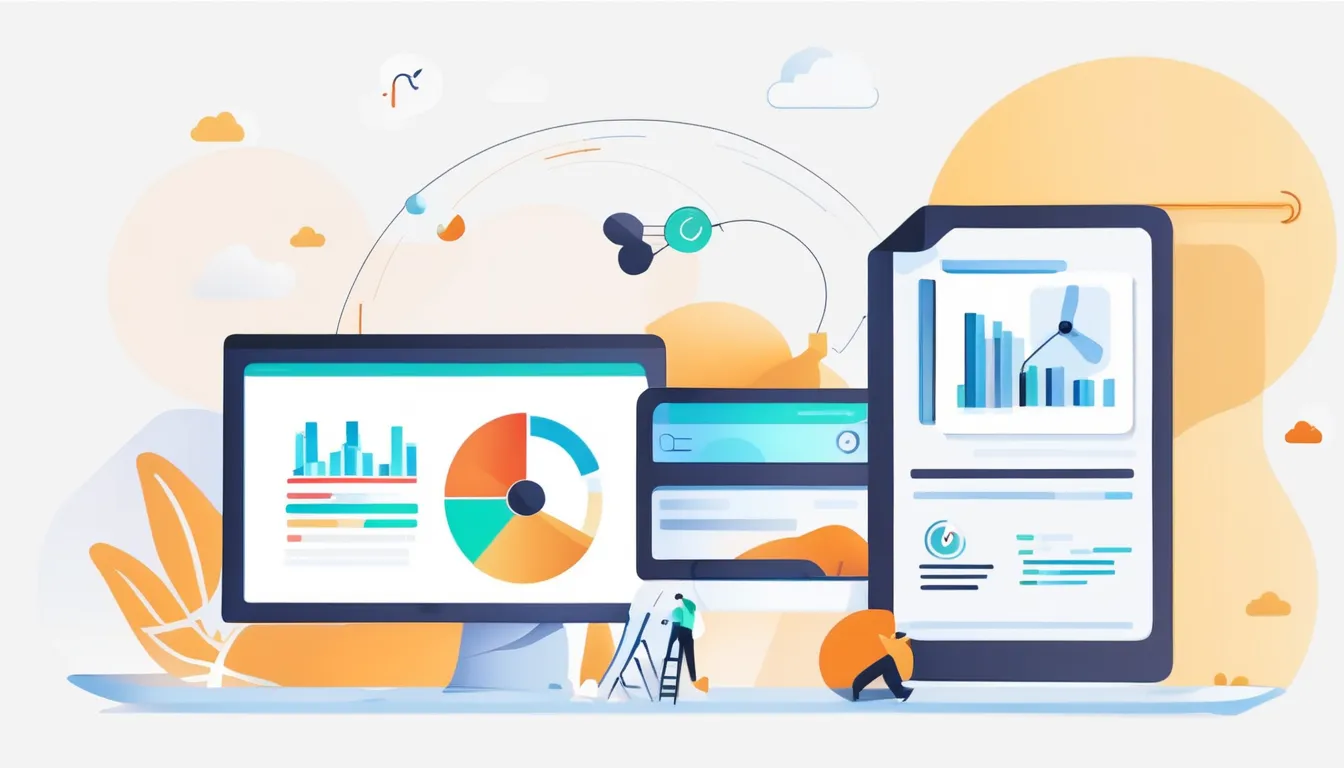When you think about optimizing your site for Google PageSpeed Optimierung PageSpeed, it’s easy to get caught up in the numbers and forget about the user experience. You want your pages to load quickly, but not at the cost of quality content or visuals. By understanding the balance between speed and quality, you can implement strategies that enhance performance without sacrificing what makes your site unique. So, how do you achieve that delicate balance while still keeping your visitors engaged? The answer lies in a few key techniques that could transform your approach.
Understanding Google PageSpeed Insights
Understanding Google PageSpeed Insights is essential for enhancing your website’s performance. This tool provides you with a comprehensive analysis of your site’s loading speed and overall user experience.
When you enter your URL, you’ll receive a score from 0 to 100, indicating how well your site performs. A higher score means better performance, which can lead to improved user satisfaction and engagement.
The insights you gain from this tool highlight specific areas that need attention. You’ll see suggestions for optimizing images, leveraging browser caching, and minimizing JavaScript and CSS.
By addressing these recommendations, you can significantly enhance your site’s speed.
Moreover, you’ll want to pay attention to the mobile performance score. With more users accessing websites via mobile devices, ensuring your site performs well on smartphones and tablets is crucial.
Key Factors Affecting Website Speed
Several key factors affect your website’s speed, and addressing them can lead to a noticeable improvement in performance.
First, hosting plays a crucial role; if you’re using a slow server, no amount of optimization will help. Consider upgrading to a reliable hosting provider that offers fast response times.
Next, the complexity of your site’s code impacts loading speed. Clean, streamlined code reduces the amount of data that needs to be processed, so make sure to eliminate unnecessary scripts and styles.
Additionally, the number of HTTP requests your site makes can slow it down; try to minimize these by combining files where possible.
Another factor is the use of caching. When you enable caching, your website saves a static version of your pages, allowing repeat visitors to load them much faster.
Effective Image Optimization Techniques
Images often make up a significant portion of your website’s data, so optimizing them can lead to faster loading times. When you reduce image sizes and improve their formats, you enhance user experience without sacrificing quality.
Here are three effective image optimization techniques you should consider:
- Choose the Right Format: Use JPEG for photographs, PNG for images requiring transparency, and SVG for logos or icons. Each format has its strengths, so select wisely to maintain quality while minimizing file size.
- Compress Images: Tools like TinyPNG or ImageOptim can significantly reduce file sizes without noticeable quality loss. Compression helps your images load faster, which improves overall site performance.
- Implement Responsive Images: Use the ‘srcset’ attribute in your HTML to serve different image sizes based on the user’s device. This ensures that mobile users download smaller images, while desktop users get higher-quality versions, optimizing loading time for all visitors.
Leveraging Browser Caching
By leveraging browser caching, you can significantly improve your website’s loading speed and overall performance. When a user visits your site, their browser stores certain elements like images, stylesheets, and scripts. The next time they visit, the browser retrieves these files from cache instead of downloading them again, reducing load times.
Here’s a simple breakdown of how caching works:
| Step | User Experience | Impact on Speed |
|---|---|---|
| First Visit | Files are downloaded from server | Slower load time |
| Caching Process | Files are saved in the browser cache | Quicker access |
| Return Visit | Files are loaded from cache | Significantly faster load |
To set up browser caching, you can adjust your server settings to specify how long certain files should be stored. Use cache-control headers to let browsers know which resources to cache and for how long. By doing this, you not only enhance user experience but also reduce bandwidth usage. Implementing browser caching is a straightforward strategy that yields significant benefits for your website’s performance.
Reducing Server Response Time
While browser caching can significantly speed up page loading, server response time also plays a pivotal role in overall site performance.
If your server takes too long to respond, it doesn’t matter how well you’ve optimized other aspects of your site. You need to ensure your server is up to the task.
Here are three strategies to reduce server response time:
- Optimize Your Hosting Plan: Evaluate your current hosting service. If you’re on a shared plan, consider upgrading to a VPS or dedicated server to improve speed.
- Reduce Application Load: If you’re using a CMS like WordPress, minimize the number of plugins and choose lightweight themes. This can significantly decrease the processing time for each request.
- Leverage a Content Delivery Network (CDN): A CDN can distribute your content across various servers worldwide, reducing the distance between the user and server, which speeds up response time.
Conclusion
In conclusion, optimizing your Google PageSpeed is crucial for a faster, more efficient website. By focusing on effective image optimization, leveraging browser caching, and reducing server response times, you can enhance your site’s performance without sacrificing quality. Regularly assess your site’s speed and implement the recommendations from PageSpeed Insights to keep improving. With these strategies, you’ll not only boost loading times but also create a better experience for your visitors, driving higher engagement and satisfaction.




